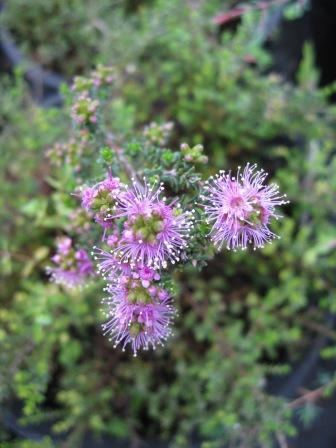Genus Kunzea Rank Species | ||
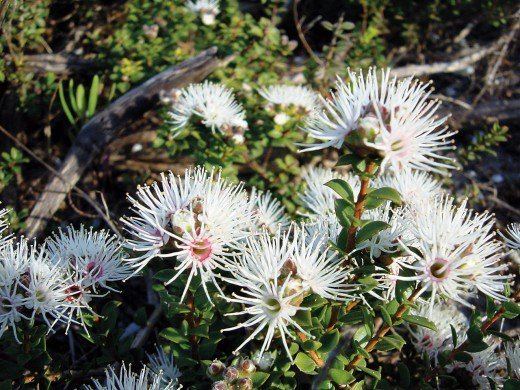 | ||
Similar Kunzea, Santalum acuminatum, Lemon aspen, Davidsonia, Owenia acidula | ||
Muntries (Kunzea pomifera) - also known as emu apples, native cranberries, munthari, muntaberry or monterry - are low-growing plants found along the southern coast of Australia. The berries produced by these plants are about 1 centimetre (0.39 in) in diameter, green with a tinge of red at maturity and have a flavour of a spicy apple. Crunchy in texture, muntries contain up to four times more antioxidants than blueberries and provide natural waxes that are good for skin nourishment.
Contents
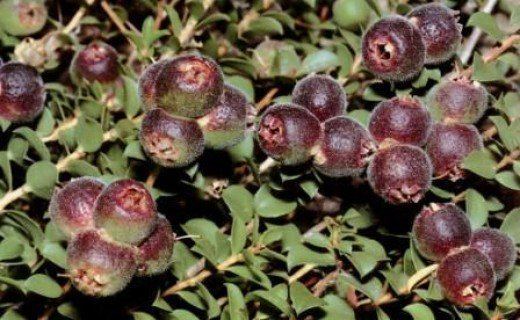
Cultivation
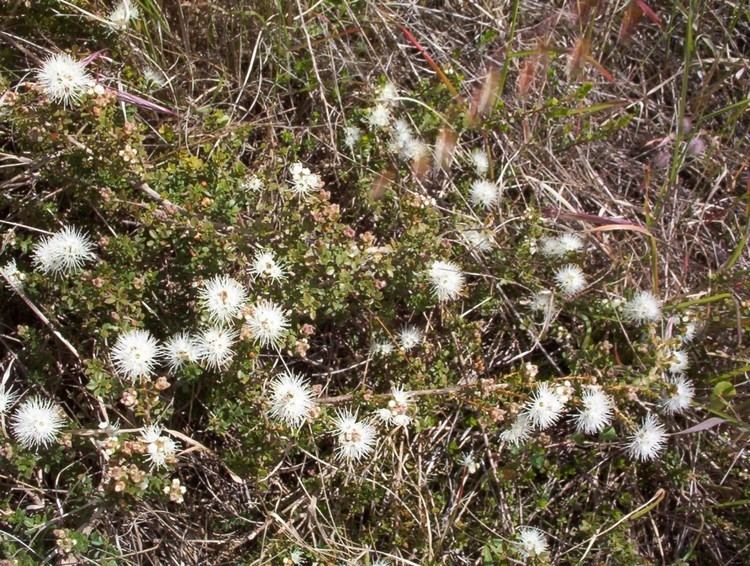
Kunzea pomifera was grown in England in 1889. It was one of the first species of Australian plant introduced into cultivation in England.
Trellising
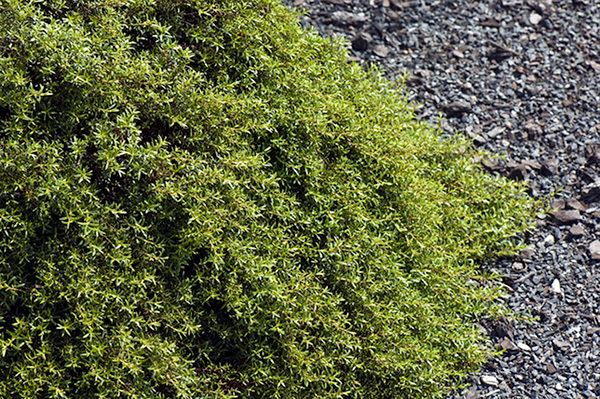
While muntries are a groundcover in the wild, commercial growers have successfully managed to trellis the plants. Trellised muntries allow easier access for harvesting and management. It also allows a more efficient use of orchard space.
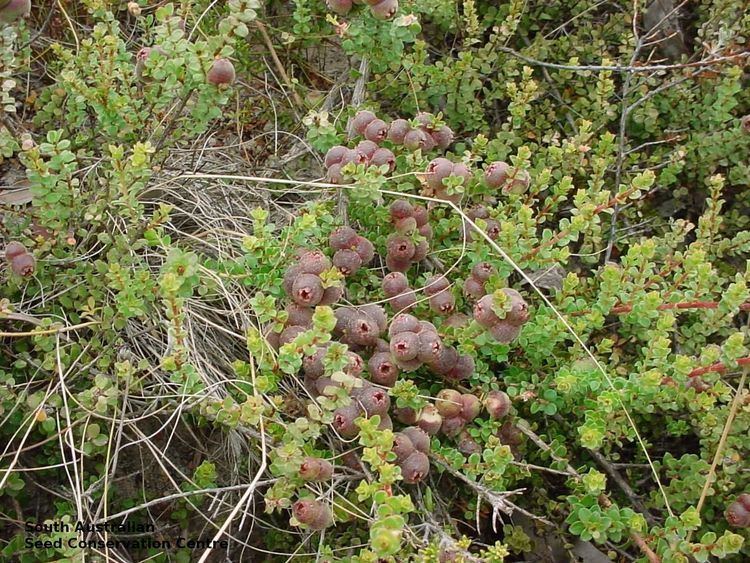
Muntrie plants can be trained quite easily through weaving the growing plant through and along trellis wires, using plant ties to secure them.
Soil requirements
Muntries seem to prefer well drained soil of a moderately acid to strongly alkaline pH (6.0 - 8.0).
Water requirements
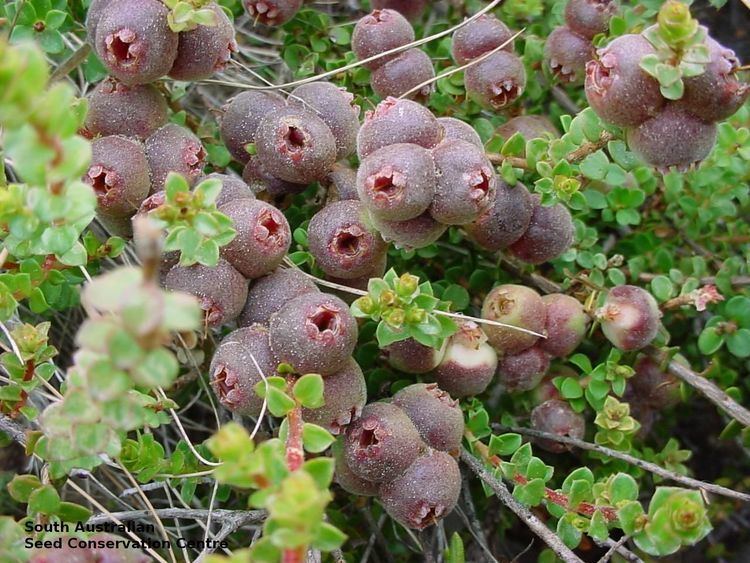
Natural rainfall levels of wild populations range from 500–800 millimetres (20–31 in). For cultivation it is suggested that waterlogging and extremely dry soils should both be avoided. Moderate restriction of water in the early spring may be beneficial in stimulating flowering and reducing competitive vegetative growth.
Anecdotal evidence suggests that overwatering muntries may result in a dilution of flavour in the muntrie berries.
